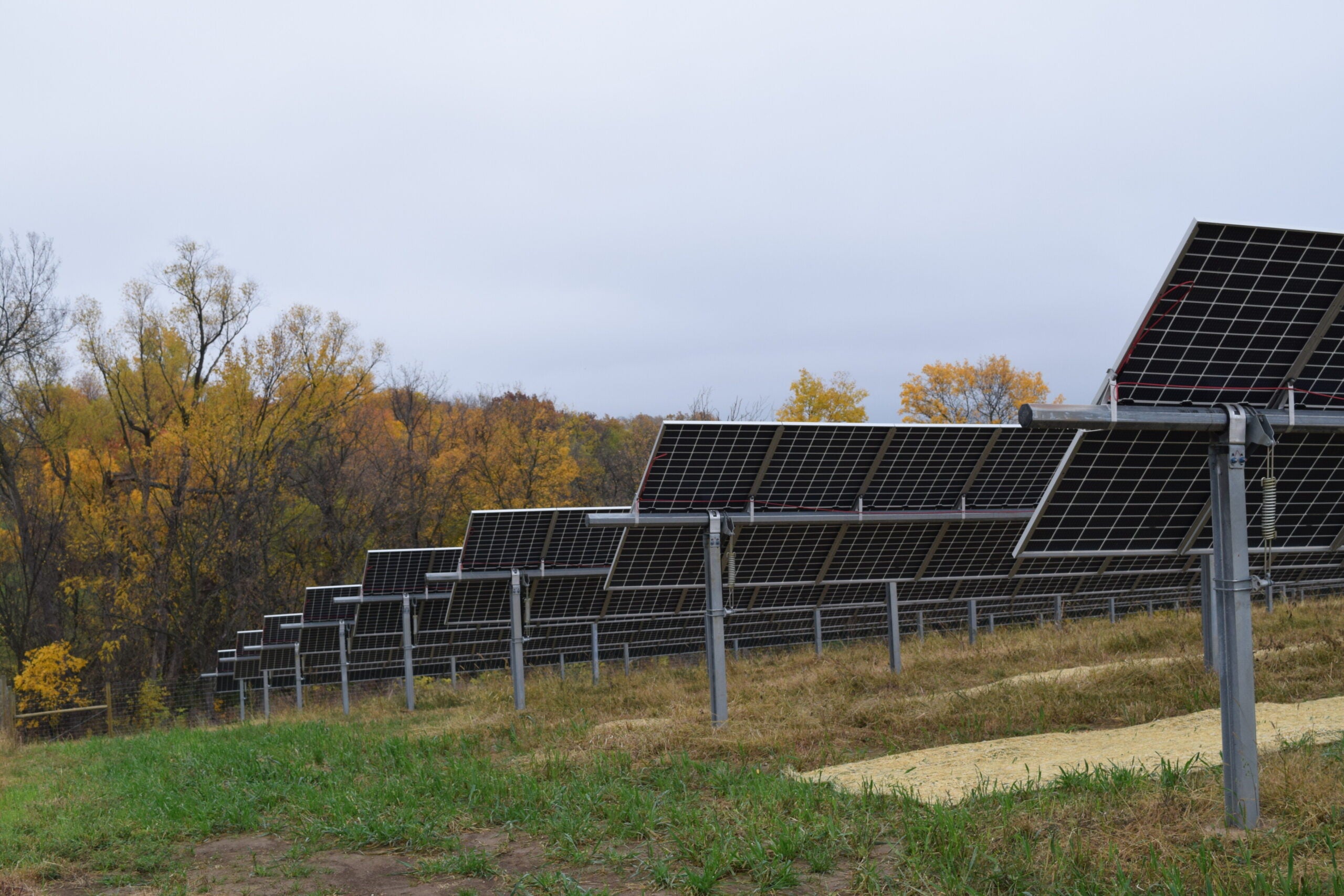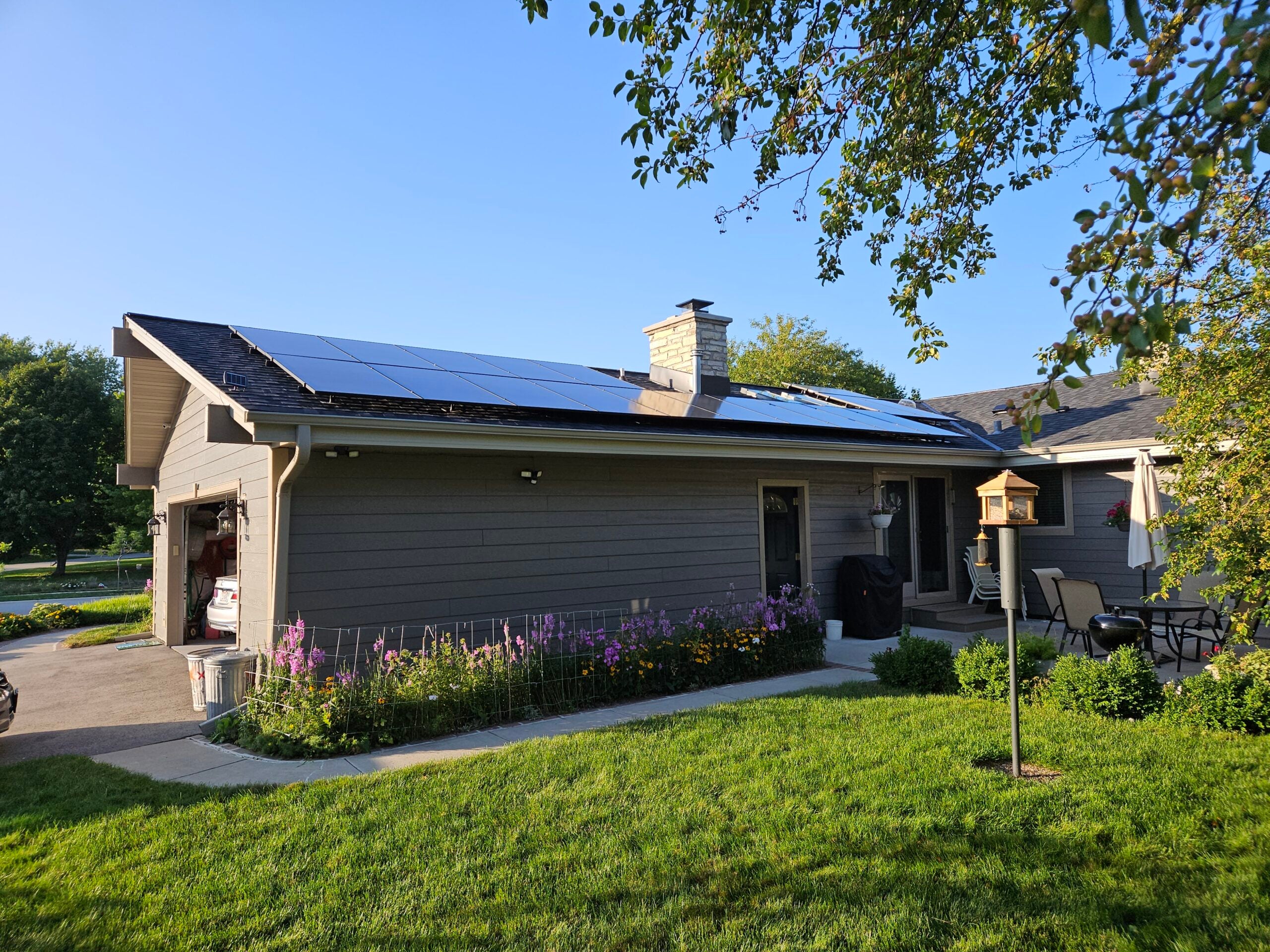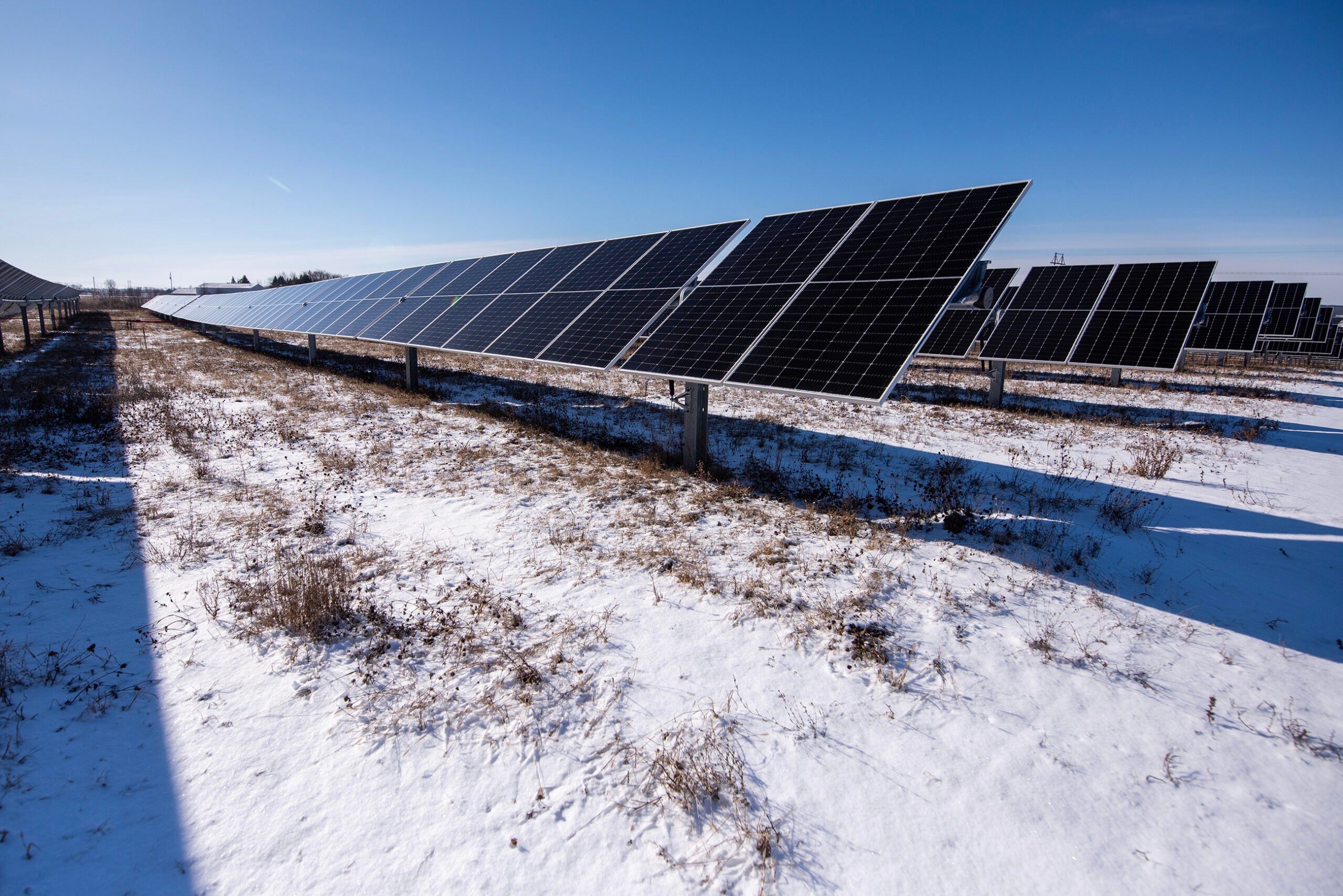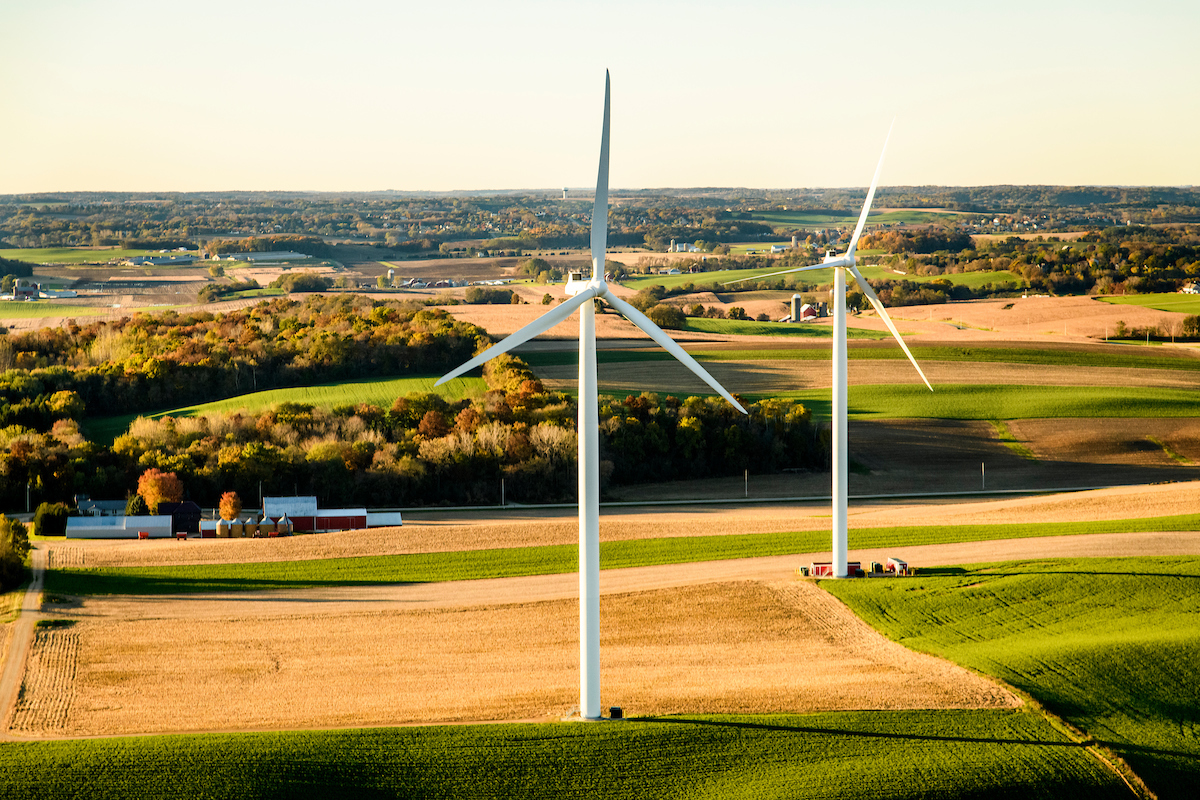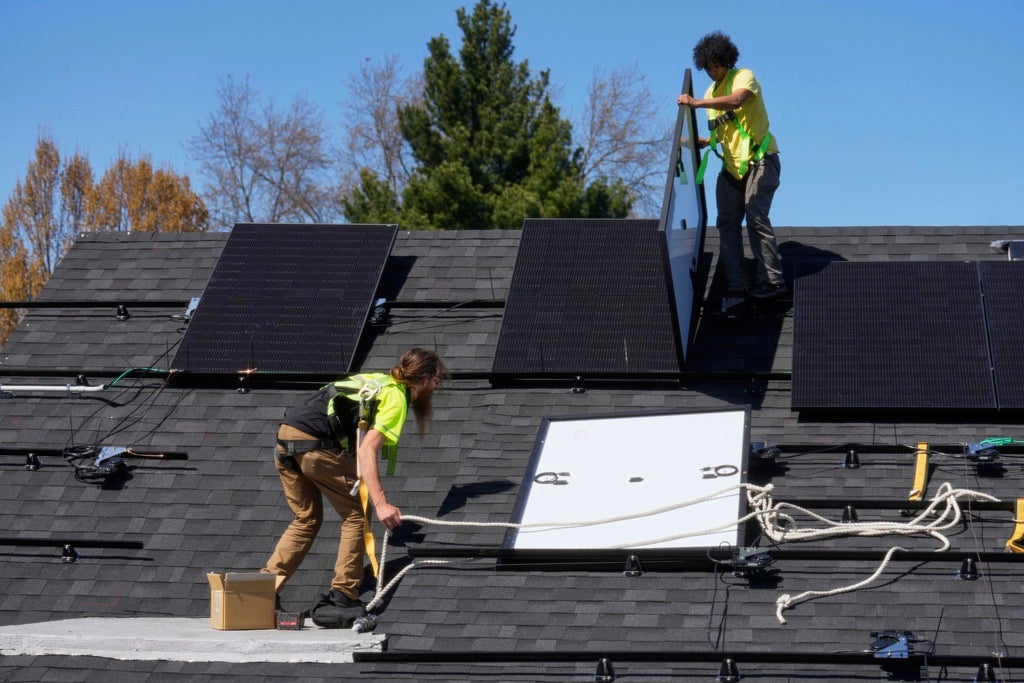A community solar project coming online in southwestern Wisconsin will provide a new opportunity for low-income households to tap into the benefits of renewable energy.
The Bluff Prairie Community Solar Farm, a 1.5 megawatt array on almost nine acres in rural Vernon County, will soon start generating power for Vernon Electric Cooperative, which serves all or parts of Vernon, La Crosse, Monroe, Juneau, Sauk, Richland and Crawford counties.
It’s one of many community solar gardens in the state, where individuals and businesses have the opportunity to pay a fee for a panel and receive credits on their energy bill for the power it produces.
News with a little more humanity
WPR’s “Wisconsin Today” newsletter keeps you connected to the state you love without feeling overwhelmed. No paywall. No agenda. No corporate filter.
But Craig Buros, CEO of Vernon Electric, said the cooperative learned from previous community solar projects that not everyone who is interested can afford to participate.
“We’re hearing from our members — a lot that struggled to pay their monthly bill, let alone be able to pay extra,” he said.
Buros said Vernon Electric worked to lower upfront costs for the new array. And thanks to a new partnership called Energize Wisconsin, more than a quarter of the subscriptions in the new array will go to low-income households in the cooperative.
Couleecap, a regional poverty action agency, will use funding from the Public Service Commission’s Office of Energy Innovation to purchase 550 panel subscriptions. The credits generated by the panels will be distributed to households in Vernon Electric Cooperative that qualify for the Wisconsin Home Energy Assistance Program.
“We’re looking for households that have a high energy burden, meaning their electric costs as compared to their income is very high,” said Hetti Brown, Couleecap’s executive director. “The number of panels that will be subscribed to that household will really depend on their energy burden. So we might subscribe one to five panels per household.”
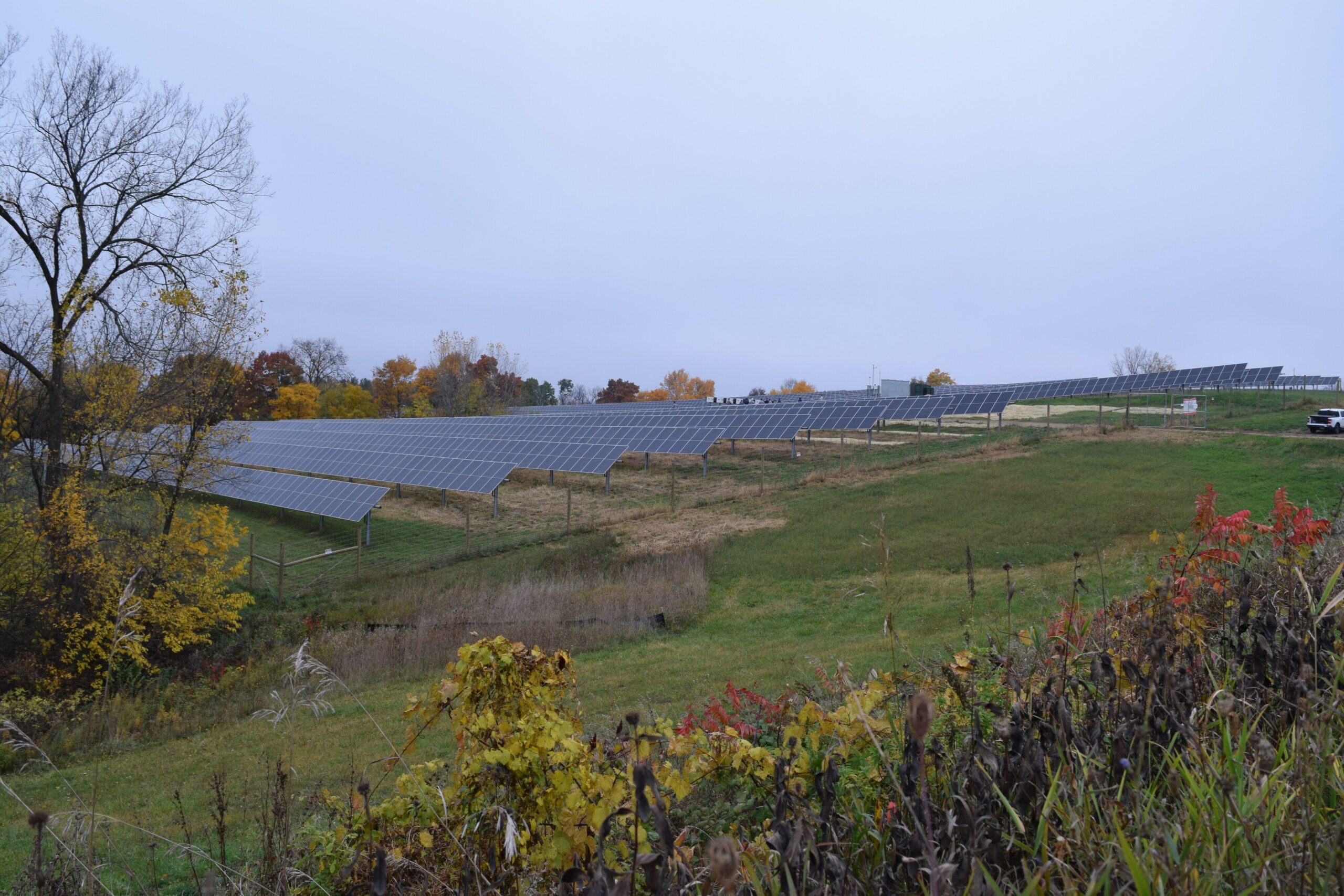
Each panel will generate an estimated $56 in annual bill credits. Brown said there will be no additional applications or fees for homeowners, and they’ll automatically see the benefits on their bill each month. They’re still working to determine how many households exactly will qualify for the assistance, she said.
Brown said poverty-burdened households in the region pay between 15 and 30 percent of their income on energy bills, with the largest expense being for electricity.
“That’s putting that money back into the pockets of residents, so that they can use that money to pay other household costs, for child care, for other needs that their households have,” Brown said.
Brown said they believe the new program is the first of its kind in the state. The Office of Energy Innovation has awarded funding for a similar partnership between the West Central Wisconsin Community Action Agency and Pierce Pepin Electric Cooperative, which serves Pierce, Pepin, St. Croix and Buffalo counties. That project is expected to come online in the coming months, according to the office’s director Joe Pater.
Pater and Gov. Tony Evers attended a ribbon cutting ceremony for the new array on Wednesday. Speaking at the event, Evers said partnerships like these are critical to the state’s future success.
“Couleecap’s innovative program will help ensure that this community solar array is truly serving the community, helping to break down cost barriers that can stand in the way of folks engaging with these exciting local clean energy alternatives,” he said.
Brown said the state funding has allowed Couleecap to purchase the panel subscriptions for 10 years, and the agency hopes to begin distributing the new solar credits in January.
Wisconsin Public Radio, © Copyright 2026, Board of Regents of the University of Wisconsin System and Wisconsin Educational Communications Board.
